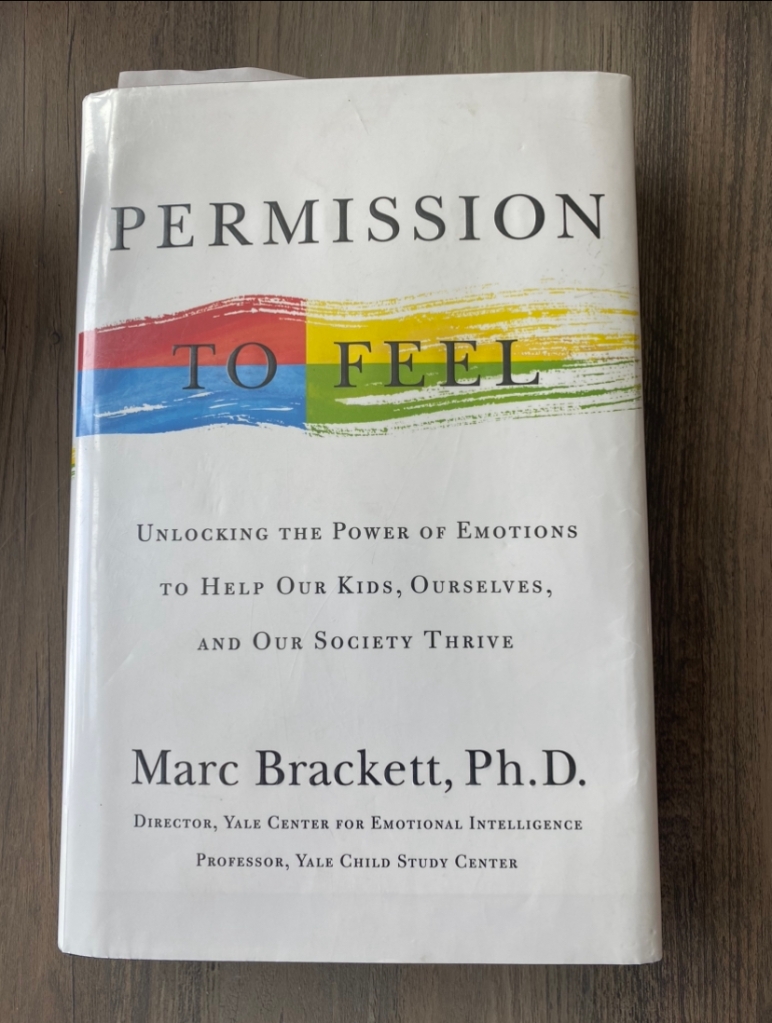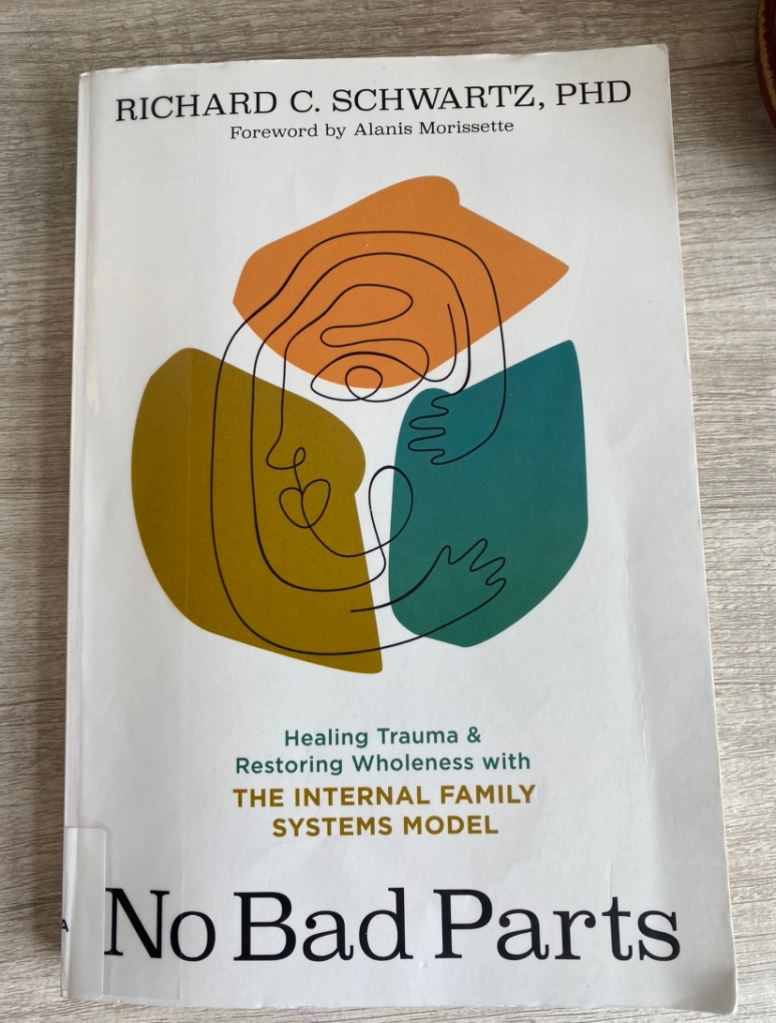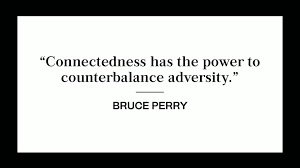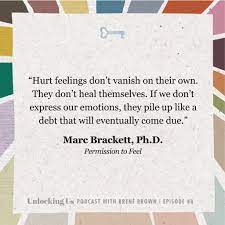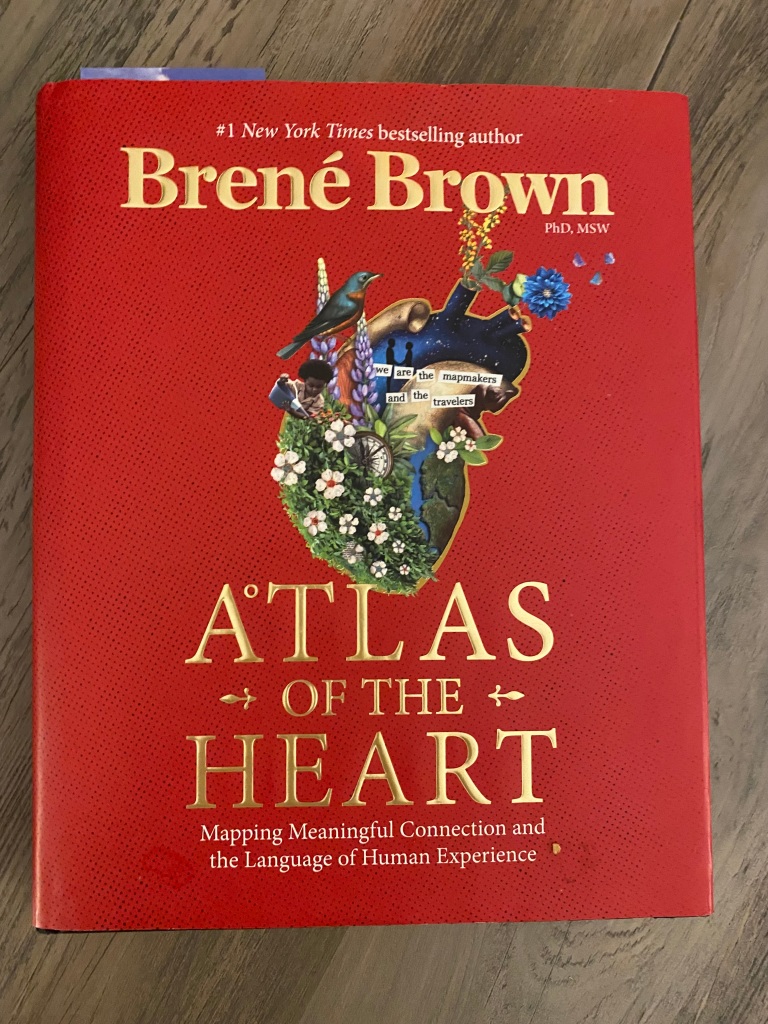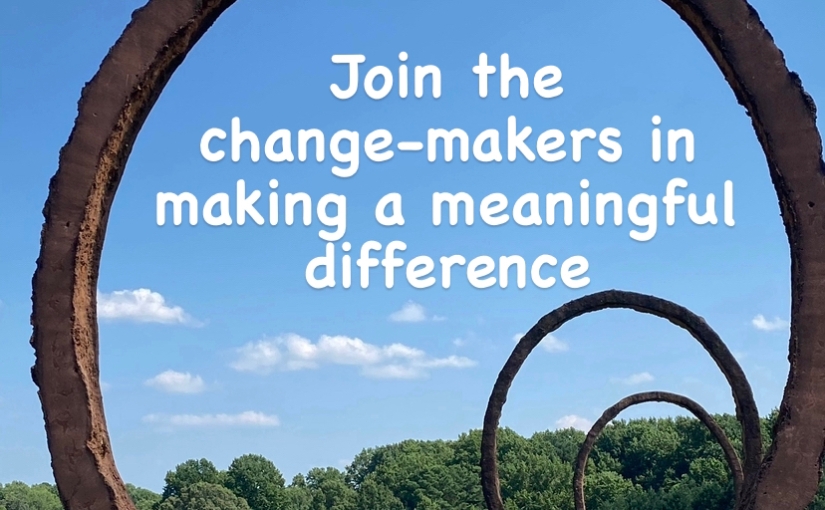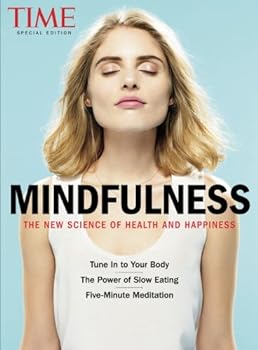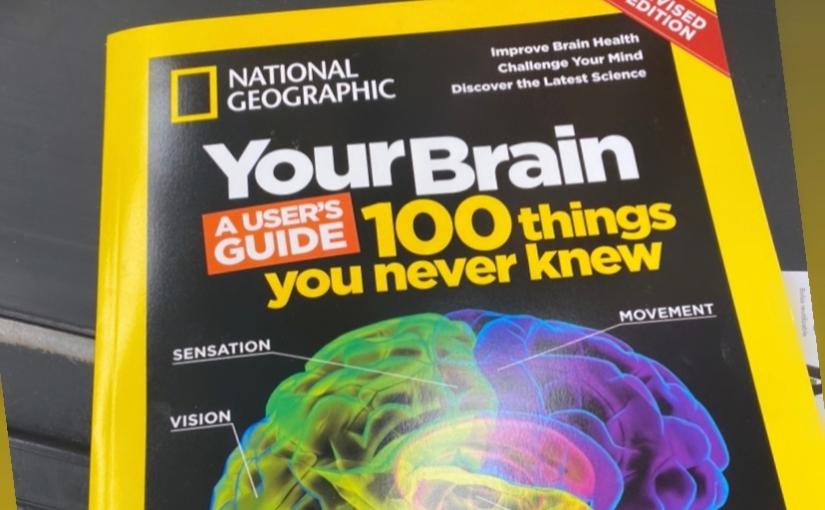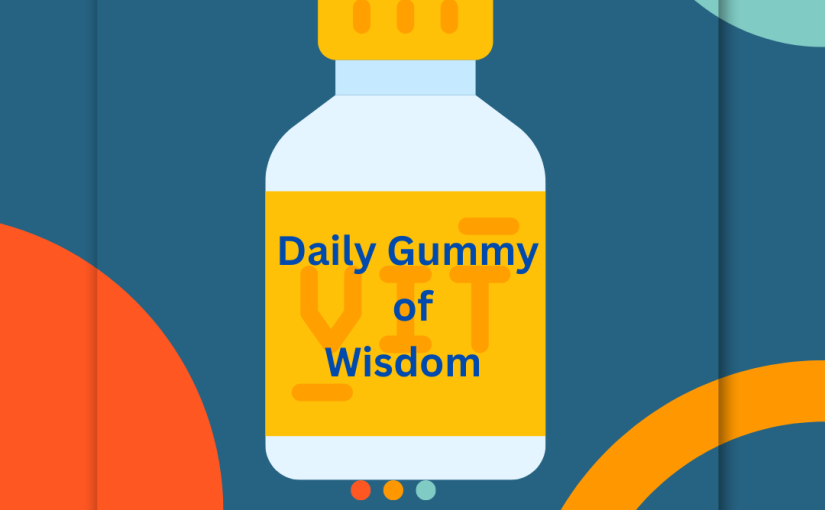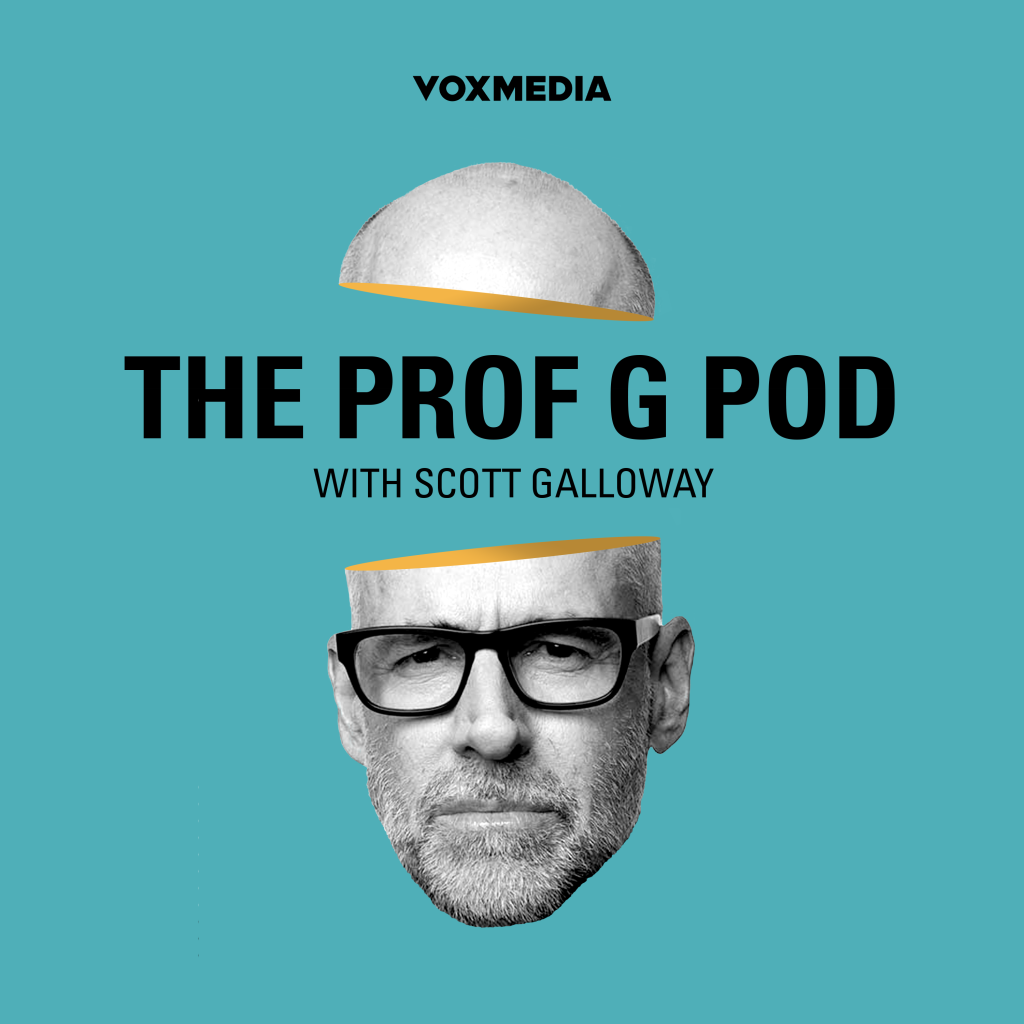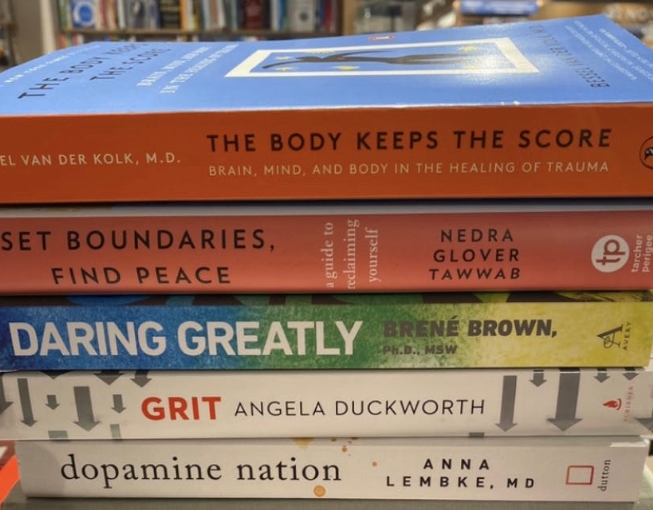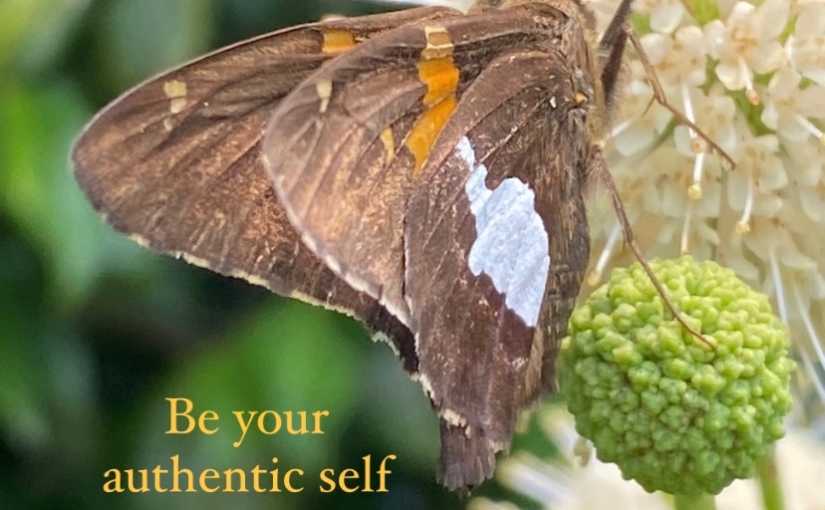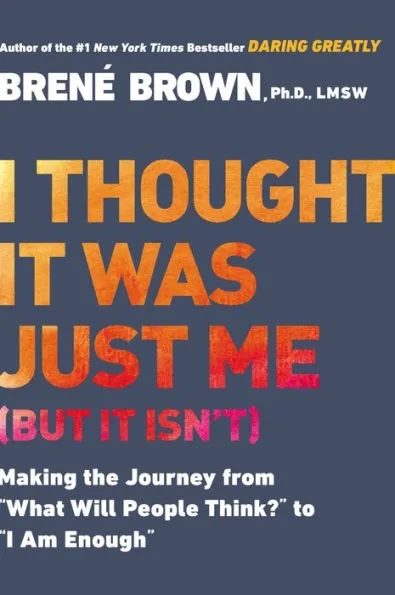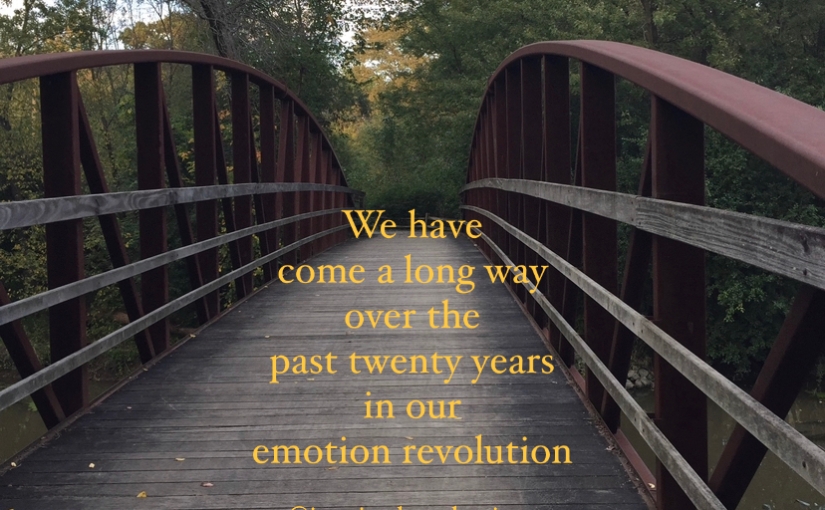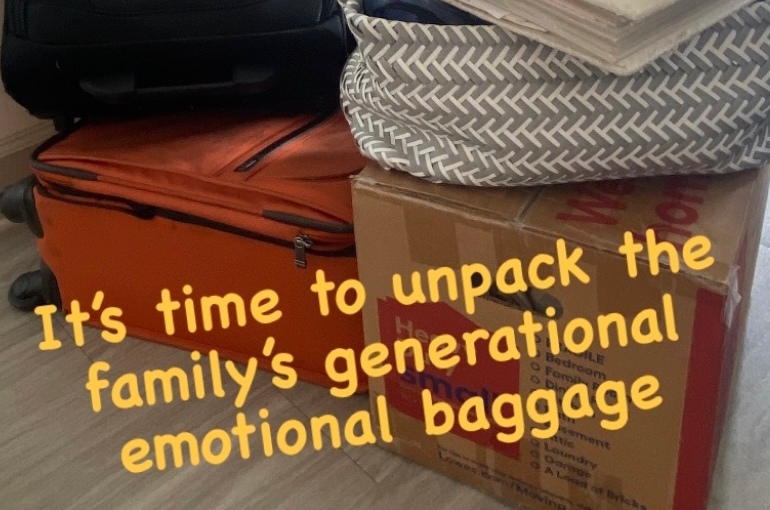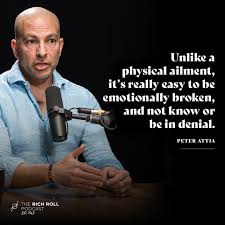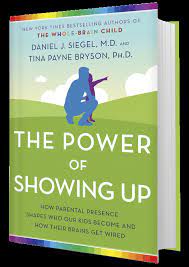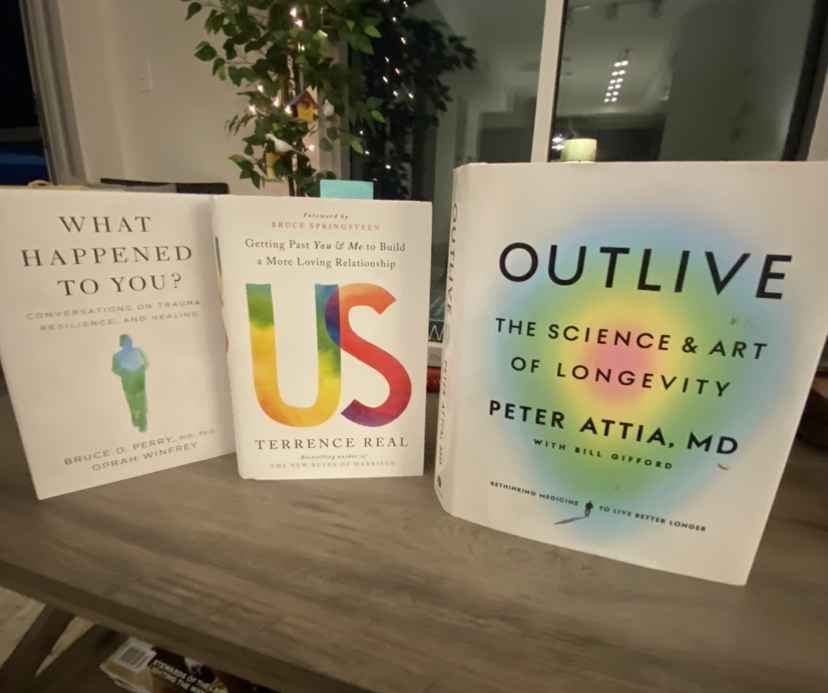Just envision this for a moment: When we are emotionally triggered, it is like an airbag exploding to protect us. However, it catches us off guard – the impact so sudden and so strong that our brains send out high emergency alerts to our bodies. We get hijacked rather than assisted. We feel like we can’t breathe fully, our hearts are racing and our ability to see clearly is limited.
I’ve never experienced an airbag deploying in a car, but I can imagine that it feels more scary than protective when it happens. While we know that air bags are a safety feature designed to protect us from serious and even life-threatening injury, it is not something that we get to practice. We can only imagine what it might be like and we can mentally prepare for how we would hope we can respond in such a situation.
Our natural human response to an emotional trigger is the equivalent of airbags deploying. Our emotions are intended to protect and inform us but a strong emotional trigger can feel surprisingly overwhelming.
Our very first experiences with our internal emotional airbags occur in childhood and they have lasting impacts.
For many of us who are older, the cars our parents drove back in the day didn’t even seatbelts let alone airbags. Those safety features only came along when a critical mass of human beings realized that we could actually save life and limb by being proactive and installing numerous safeguards. It is this very same analogy with our emotional airbags; back in the day, our parents did know about the profound benefits of emotional intelligence and most importantly, skillful emotional regulation.
We are now at a very important tipping point — we are fast gaining critical mass in the awareness that emotional integration is the human operating system upgrade that should be modeled, taught and integrated into our children’s developing brains.
The challenge for many of us is how do we teach something we were never actually taught? The truth is that we have actually done just that in many areas of life. Just look how quickly we taught ourselves to embrace technology, electronic banking and Zoom meetings. If we stop resisting what appears to be harder and even unpleasant work, we might discover that life and our relationships actually get a lot easier and more fulfilling with emotional integration.
I recently learned that we can gain a lot of traction in our own emotional integration education by being around children. This makes so much sense because we can witness in real time what happens in childhood when kids are given tools and support to understand and handle their emotions. It’s a visual aid more engaging than a magic act.
When something new comes along such as an upgrade to our phones, our laptops and even our car’s technology, we can readily see how the improvements enhance our life and address a problem we may not even know we had. The same is true with emotional health. When we become keen observers of children and their interactions with their parents, siblings, teachers and friends, we witness firsthand how having meaningful emotional tools would have made a huge and dramatic difference for everyone — most especially for children who have very limited cognitive resources for making sense of a complex world.
In my prior blog posts in this multi-part series on Game-Changers for our emotional upgrade, you may have noticed that no matter who is leading the charge, or what modality or field they represent, everything points us directly back to childhood.
All the behavioral patterns, the protective armor, the coping mechanisms that we deploy have been handed down to us for generations, with no real advancements at all. In fact, what once seemed so complex about personal growth, trauma and self discovery have been boiled down to some pretty obvious truths: we really had a “one size fits all approach” and a small closet of possible options for navigating childhood. We were so handicapped for how we made sense of what was happening in our world.
A quick review of psychology, neuroscience, the enneagram, behavioral science, etc. reveals that our small closet of options held just a handful of “one size fits all” behavioral patterns and coping mechanisms. We are people pleasers or contrarians, we hide or we fight, we avoid conflict or we create conflict, we numb, we run, we freeze. Normal, child-sized responses to emotional airbags exploding in us, as well as members of our family and community without warning.
No wonder we ran for cover and struggled to make sense of the unpredictability and scariness of it all. We ducked into those little closets to find something that would soothe us and keep us safe from things we were feeling but did not understand.
Dr. Becky Kennedy explains this so beautifully when she reminds us that a small child who is overwhelmed with big emotions – and is throwing a tantrum or having a meltdown – lacks the skills he needs to manage that big emotional explosion. She tells us that we teach our children the skills they need to learn to swim, ride a bike or read. So why — she challenges us — would we expect them to be able to handle big, overwhelming emotions coursing through them — without some helpful tools?
I’m hoping that this brought you to a full stop.
Take a moment to think about how you are handling your own “sudden, big feeling moments” in real time today when your adult emotional airbags get deployed — especially in front of your kids.
We teach our children a lot by osmosis. What skills and tools are we reaching for when we are emotionally triggered, extremely tired, or overwhelmed by others or events? We not only need to role model and actively discuss how our emotions impact us, we really need to engage in the installation of emotional intelligence in our children. We need to teach emotional skills just as we teach them good hygiene and manners, how to share with others and how to use their words. In fact, when we install the emotional upgrades, all the other things we are attempting to teach them will be greatly enhanced in the most remarkable ways. Honestly, the parenting job is less exhausting and more productive with strong emotional skills and tools.
The reason for this is that our brains release adrenaline and cortisol when we are emotionally unmoored. Since we co-regulate each other, if we overreact when our kids’ emotional airbags have deployed, it is like double-dosing all those stress hormones. We would never double-dose our kids cough medicine or Tylenol – but losing our cool with emotionally distraught kids is like giving them an extra dose of stress hormones and throwing back some for ourselves.
Here’s what happens when our bodies get flooded with cortisol: Our heart rate and blood pressure go up; our bodies fight or flight response kicks in; our digestive system slows; our immune system weakens we become anxious, irritable and on edge. Chances are you are now realizing that this is the exact opposite of being a calming first responder when emotional airbags inflate.
We cannot be at our best as parents and emotional first responders when we are over-reacting to our child’s emotions and out of control with our own.
Take a moment to think back to an experience that you had as a kid when your parents or caregiver lost control — do you recall how it felt? It was probably pretty scary and you put a bookmark in your memory banks of how you might avoid that reaction in the future.
This is how our childhood emotional triggers begin. It is precisely why all the intersecting research points us back to childhood for the tap roots of our emotional triggers, inner critics and insecurities.
Old parenting models exacerbated the problem because emotions were treated as a bug and not a feature of our core operating system. Kids and parents were flooded with emotions and cortisol and the parenting rule of thumb was to send us to our room til we were able to be with others. We were often punished or dismissed for our outbursts, while our parents got to return to whatever they chose to do. No consequences for them. No repairs for the relationship rupture. We made a mental note of that too. We got a lot of mixed messaging to go along with our repressed and unprocessed emotional experiences. This double standard also created a lot of issues with our basic need for a secure attachment – and resulted in many of us having anxious, avoidant or disorganized attachment styles. Yet another clue from our childhood about why we might be having relationship issues in our adult lives.
Our brains are prediction machines. While we are not consciously aware of it, we have mental notes and bookmarks on a clunky old database that it still uses when we get hijacked and go offline. Our bodies and brains coordinate all their defense mechanisms very quickly when something feels oddly familiar and we need to be on high alert. Our emotional triggers are in those childhood databases.
The pivot is catching ourselves in the act. We have to catch ourselves in the act of being hit with our own emotional airbags and realizing that we are off-line, defaulting to that childhood database.
When we are operating our incredibly complex cars today at high speeds in heavy traffic, we have the ability to stay fully engaged with our current knowledge and awareness. We don’t default to how anxious and insecure we felt when we were first learning to drive. We have the awareness, dexterity and maturity to handle a frightening situation like airbags deploying in a car in the event of a collision. We most likely would act like the adults our kids need us to be in that circumstance. We can do hard things. In fact, we are pretty proud of ourselves when we handle a crisis like this with confidence.
We can do the same for our kids’ emotional airbags; we can become the trustworthy, grounded first responders they need and deserve.
I believe that the reason doing our own emotional integration work gets a lot of traction when we interact with kids is that we get a lot of opportunities to both observe and practice. As we pay attention to the common emotional triggers our children have, we can get equally more in touch with our own.
Kids haven’t changed; what has changed is knowing that emotional integration is an incredible feature of our brains and bodies — not a bug. Our children will have the same big overwhelming emotional responses that we did when we were little. They will get scared, angry, frustrated, confused, belligerent, shy, bossy, sensitive — the list is endless. But instead of leaving them to their own devices and that small closet of coping skills, we will be showing up as caring, comforting emotional mentors.
We can teach them or we can repeat the past. This is where real change takes place.
Each emotion our children feel is legitimate and is real for them. Acknowledging that is huge. It reassures them that they will be ok, that they are seen and heard and that we will help them manage their big feelings. They do not have to do that alone. In fact, they unable to do that alone because they do not yet have access to “top down” executive functions in those small developing brains.
We become the training wheels for our children’s emotional awareness, intelligence and regulation.
No overdosing on stress hormones for you or your child. Helping your child return to their baseline is how we teach them to “ride out” their emotional waves. As they grow older, they will then have a lot of experience with how emotions come on strong, and can subside with a little skillful assistance. We can teach our kids to label their emotions, to understand what they are trying to tell them and to process them in real time. This is how we help our kids get more skillful at their own emotional regulation. We teach them to tolerate a little short term discomfort and to learn from it. This is the preventative step we take to help them avoid numbing their pain.
It is also how we introduce them to the incredible benefits of self-compassion. Rather than our children growing up with harsh inner critics, fixed mindsets and limiting beliefs, we will be helping them build resilience, resourcefulness, confidence and growth mindsets.
We aren’t born afraid of our emotions. In fact, emotions are a baby’s first language and how they get their basic needs met. Rather than pulling the plug on emotions when our children learn to talk and express themselves with more context and complexity, we help them differentiate between self-identity and their behaviors. Telling a child they are bad, stupid or too much is the root cause of adults who struggle with their core identity, self-worth and lack of inner confidence. Label the behavior not the child. We have good kids and sometimes they have unacceptable behaviors.
We use boundaries as guardrails for our kids – to help them learn how to make good choices on their own later. Our boundaries teach kids more about the consequences of their behaviors more than any lecture ever will. And we want our children to become very skilled at holding boundaries when they are teenagers and adults so that they can clearly let others know what is acceptable behavior to be in relationship with them. Boundaries are a relationship tool that keeps us safe and in alignment with our core values.
Did you know that children have this same inquisitive nature about emotions? We are the ones who grew up with emotions being labeled as good or bad, positive or negative, even gender restricted. It’s time to peel those labels and reframe emotions as neutral, necessary, invaluable internal information. Emotions are a feature, not a bug of our core operating system.
Both our parental teaching experiences and our child’s learning experiences will be markedly changed for the better when we integrate emotional intelligence into everything else we introduce to our kids. Without all those airbags exploding, we will have more room to fully engage in the dual process in healthy, relaxed and mind-opening ways.
Just out of curiosity, check in with yourself to see how you actually plan for big emotional experiences for your kids on purpose. A surprise birthday celebration, those costumes they will be donning for Halloween, unveiling an upcoming family vacation — these are all intended to evoke great joy, delight and wonder. How do we support our kids when we have bad or sad news to impart — we lean in, comforting, soft and assuring.
Imagine yourself growing up without the impediments of limiting beliefs, false narratives or restrictive social conditioning. Imagine yourself understanding that your emotions are helpful information, normal and acceptable. If you are capable of imagining this, you may find yourself smiling, feeling free and adventurous, even child-like with wonder and curiosity. That feeling right there is what we are going for — that is what happens with emotional integration and giving our kids the skills and tools they need to make sense of the world in a healthy, growth-mind set, ever evolving kind of way.
Magic happens when we begin to take our own adult emotional integration seriously; when we teach and learn simultaneously with our kids. If you are a parent or grandparent, you have the best environment for this “on the job” training.
We all have the potential to contribute in a meaningful way to integrating emotional intelligence for kids and for each other. Bear this in mind with each interaction you have. We can be the scaffolding that we all need to come fully online with emotional intelligence.
RECOMMENDED RESOURCES:
